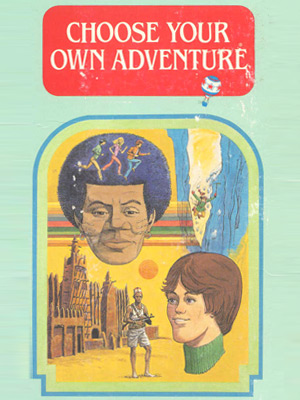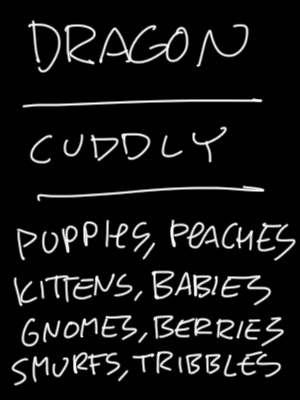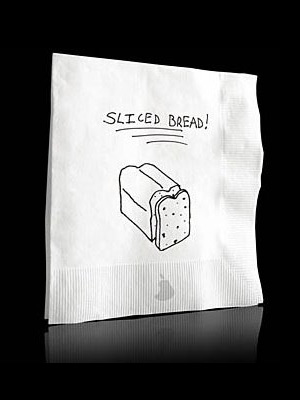Often the spark of a new idea comes from connecting two previously disparate concepts. Tape and sand makes masking tape. Peanut butter and chocolate makes a candy. Mobile phones and music players make the iPhone. You get the idea. There’s a reason people often pitch ideas as “It’s like _____ meets _____!” The first idea establishes the base set of assumptions and the second idea turns everything on its head by introducing a set of previously unrelated ideas.
You could riff on this all day to develop new ideas. Want to make a dance show? Great. Start with the style of dance and begin adding the secondary concept until something sparks your imagination. It’s a modern dance show about cooking. It’s a ballet about loneliness of travel. It’s a bellydance show about non verbal communication. Want to write a new song? Choose your initial concept, maybe the style of music then add the secondary idea. It’s bluegrass song about transhumanism. Its a quartet about the subway. Its an EDM song about longing.
Once you put those ideas in a shared space and you’ll start seeing connections and opportunities for interpretation.
Try this: List the kind of thing you want to make (a book, cake, dance piece, animation, game, etc) then write down your central theme. Is your book a western? Fantasy? What kind of cake do you want to make? What style of dance? Now add the curveball secondary concept. Try listing a bunch of these and see which ones spark your imagination. Its a western novel about lemons/sex/vampires/cooking/relationships. It’s a German Chocolate cake with steampunk/berries/bacon/humor.
Don’t hold back or edit. Have fun.









